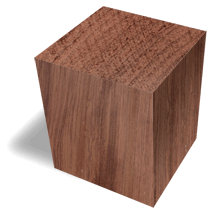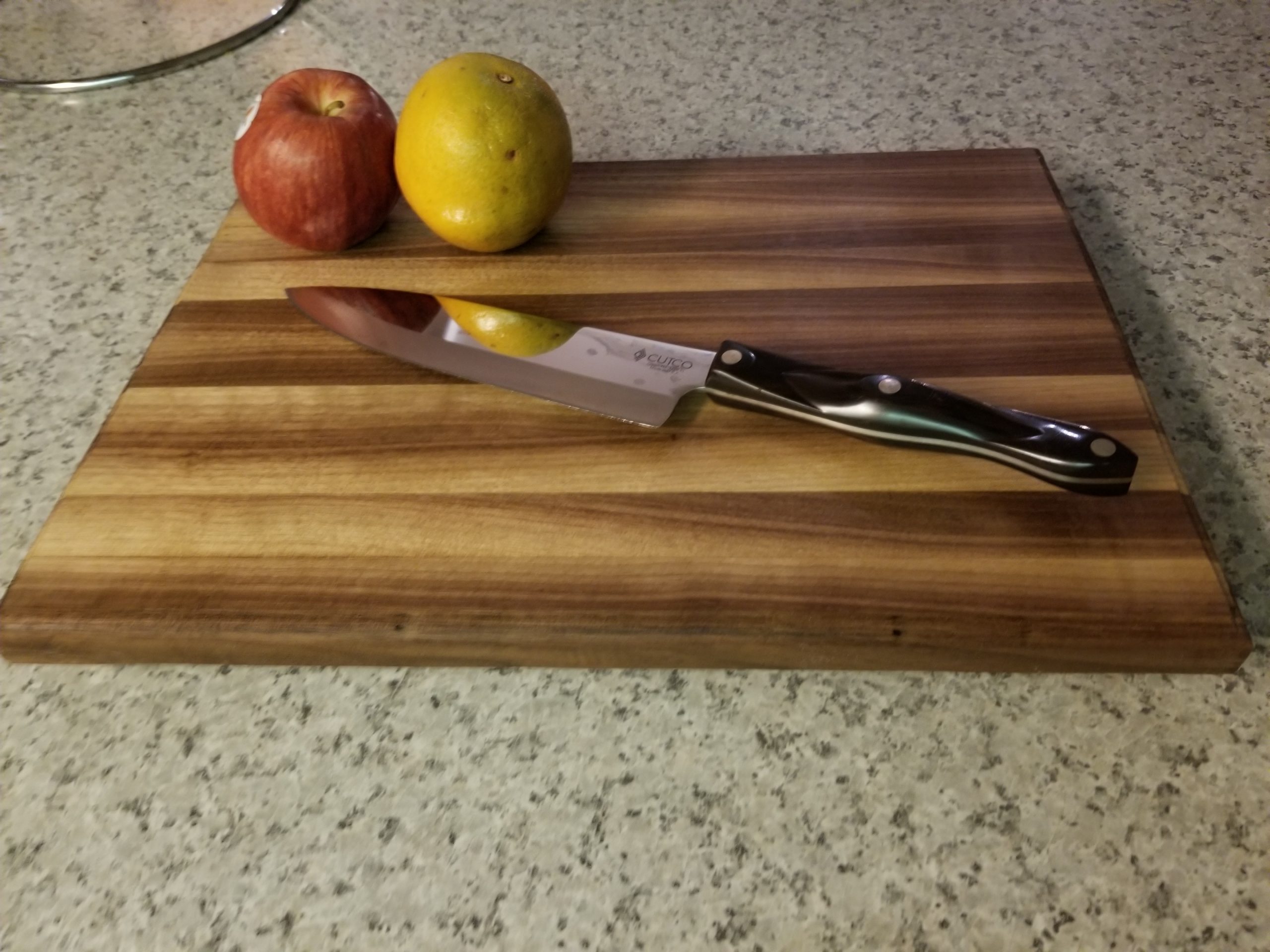Common hardwood used to make cutting boards
Padauk overview Latin: pterocarpus soyauxii origin: west africa Padauk is an exotic


Padauk overview Latin: pterocarpus soyauxii origin: west africa Padauk is an exotic

Wooden cutting boards look great; plus, they’re easy on knives, long-lasting, and if you clean them right, they can part of your kitchen for a long time.